Ben Feldman is fascinated by Green-Wood’s permanent residents. He has written two books, both of which were about individuals who lie at Green-Wood: Butchery on Bond Street: Sexual Politics and the Burdell-Cunningham Case in Ante-bellum New York, and Call Me Daddy: Babes and Bathos in Edward West Browning’s Jazz Age New York. Ben blogs as New York Wanderer. He also has been cataloging The Green-Wood Historic Fund’s Collections, as a volunteer, for years.
Ben’s current book project (no title yet) is about William Niblo, who owned Niblo’s Garden, the entertainment hot spot of New York in the mid-19th century. Niblo is, of course, interred at Green-Wood. Here is Ben’s guest blog post on Niblo:
Summer is coming sooner than we expected this year and thus our thoughts turn to hot-weather activities and respites therefrom. Beach-going, bicycling, sailing on New York Harbor: all will be wonderful as the days wax hotter. But what to do for a respite when the sun beats down? Today we seek air-conditioned comfort, but in 1863 that option wasn’t available. Famed Green-Wood permanent resident William Niblo had a pleasant habit. What better place to rest in the shade but Green-Wood Cemetery’s leafy paths?
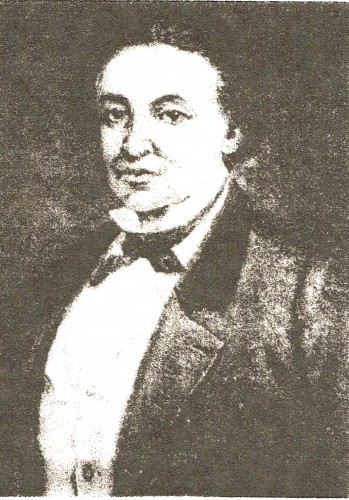
Down by the shores of Green-Wood’s Crescent Water stands a magnificent mausoleum, erected in 1852 by Niblo, the famed early and mid-19th century NYC tavern keep and theater entrepreneur, to house the remains of his wife Martha King Niblo, her parents, and his mother, among others.
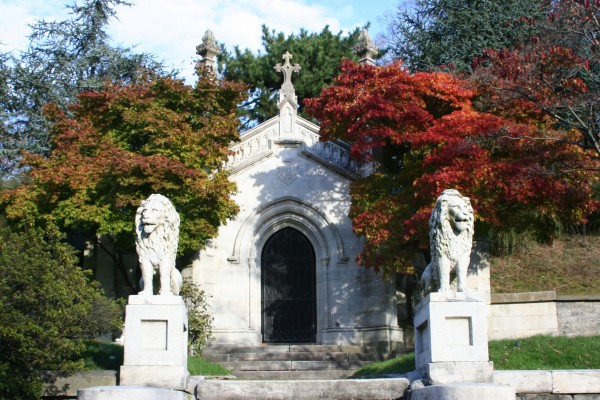
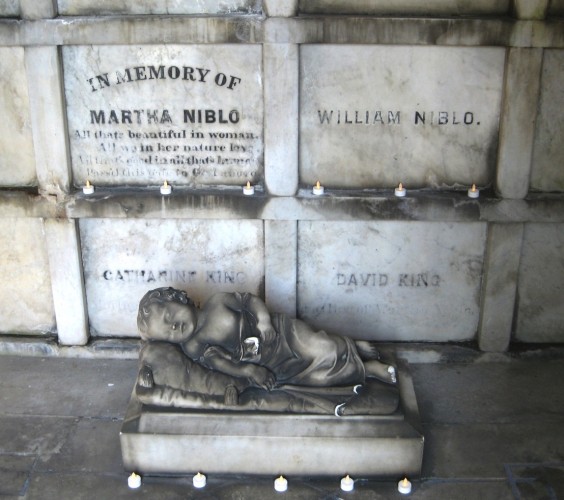
Martha had left William Niblo a widower in 1851, and he remained bereft for the remaining 27 years of his life. One part Toots Shor and one part Sol Hurok, Niblo led a storied career as proprietor of the Bank Coffee House in the 1820s where everyone who was anyone came to wine and dine from Niblo’s famous larder. In 1828 Niblo turned to larger game, acquiring control of a former circus grounds and equestrian facility out in “the country.” The easterly Broadway block front between Houston and Prince Streets was gradually turned into the pre-eminent genteel outdoor and indoor entertainment venue in the city, competing with other so-called pleasure gardens for the carriage trade.
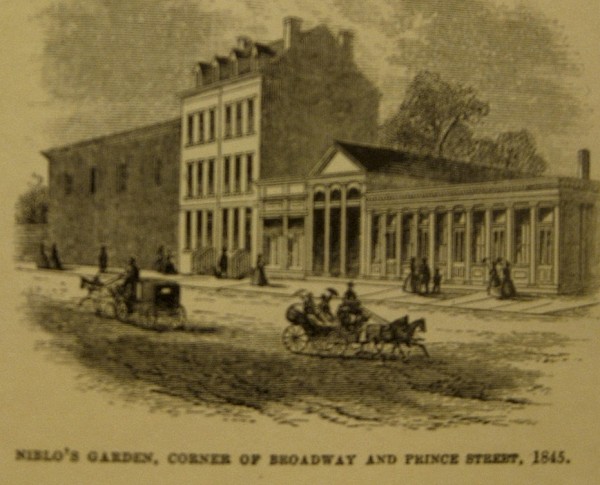
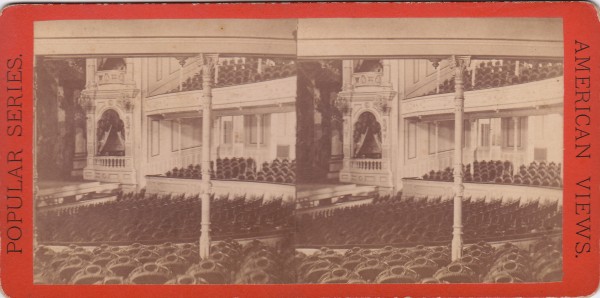
So inconvenient was the destination that Niblo purchased six shining, made-to-order, horse-drawn omnibuses to ferry customers back and forth from his brother John’s hotel at Broadway and Cedar Streets. The enterprise was a tremendous success. Any performer who sought fame and fortune in New York mounted its stage, which lasted through three burn-downs and finally closed in 1894, some thirty-three years after Niblo retired from its management, though leaving his name on the marquee to the end.
Niblo was a devout Episcopalian, and during his long tenure at Calvary Episcopal Church near Gramercy Park, served as warden and vestryman for decades. His wife’s tragic death after a childless marriage only served to strengthen his bonds with Calvary, and seek solace in visiting his wife’s tomb (reportedly daily when he was in New York, and not traveling overseas). Niblo’s friends were invited to join him and picnic on the grounds of the mausoleum, where he ultimately was placed to rest.
One summer day in 1863, though, poor William was given a foretaste of the mausoleum experience, up close and personal. Take a gander at this article from the August 30, 1878 edition of the Batavia, New York, Daily Morning News, (reprinted from New York City’s weekly Sunday Mercury) that Green-Wood I recently stumbled upon in my research for my upcoming biography of Niblo. You’ll think twice about door stops the next time you visit inside a mausoleum…
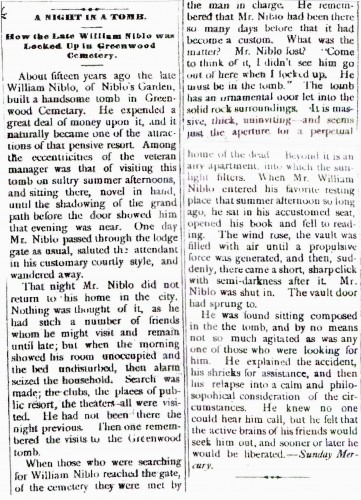
Shady places abound at Green-Wood on hot summer days, so if you lack air-conditioning this coming summer and need relief, or simply want some outdoor air in a balmy place, come visit Green-Wood and meander up to Crescent Water. Bring a novel. Sit and relax. But if the door creaks open, think twice before entering. Know which way the wind blows, and try to take care.
Thanks, Ben & Jeff for the great article and especially for the portrait of Niblo – I’ve been looking for one for years! One of my favorite spots and characters in Green-Wood. Love the “A Night in a Tomb” story. Anxiously await the publication of Ben’s book.
I find this story absolutely fascinating. I have always been drawn to Niblo’s tomb for its beauty and serenity. The sculpture of “The sleeping baby” inside the mausoleum is incredibly lifelike. I too look forward to the publication of the book. Thank you for a great find and the picture.
Marge Raymond